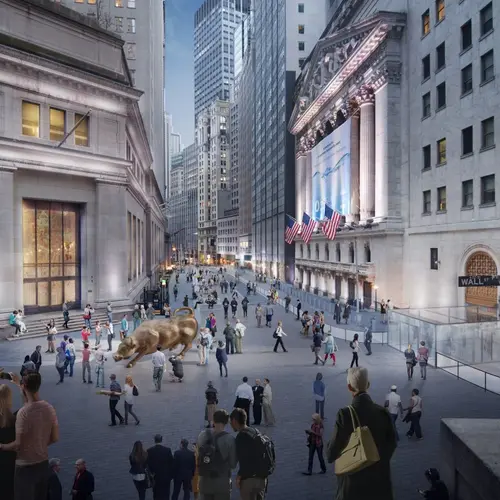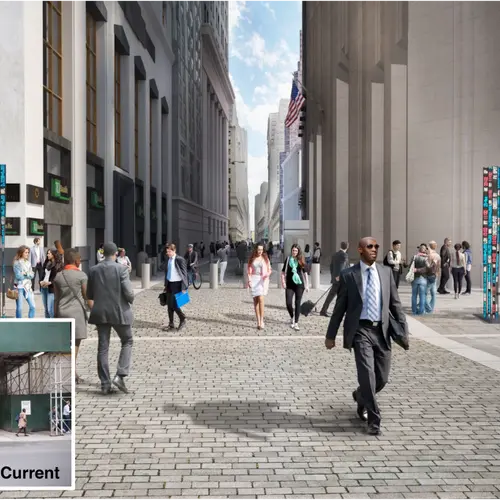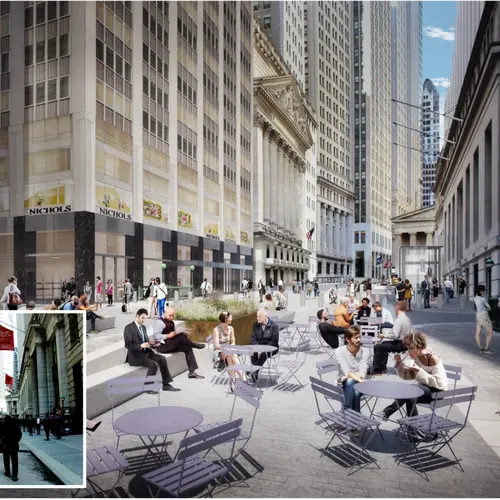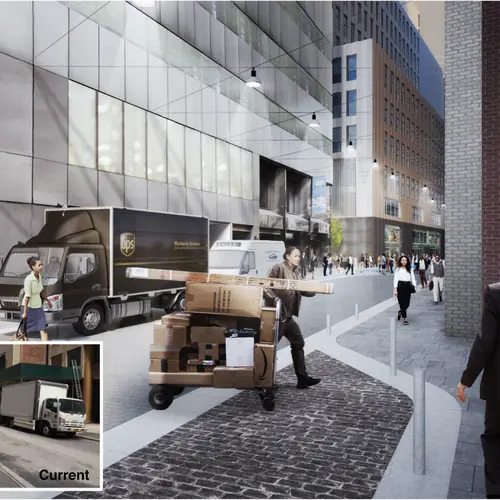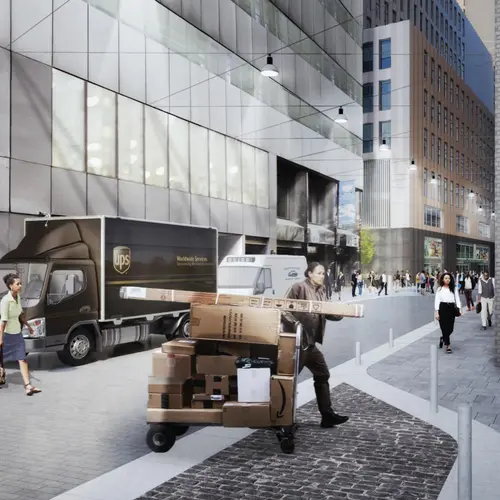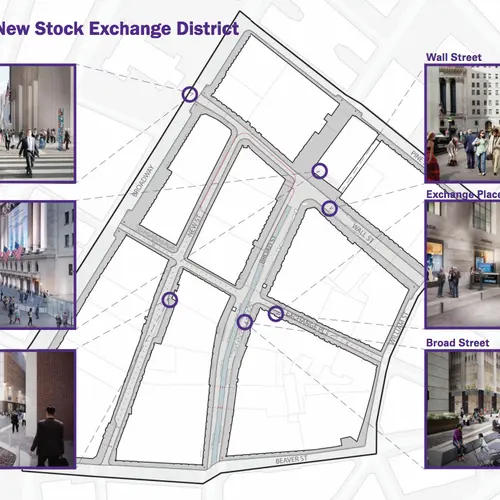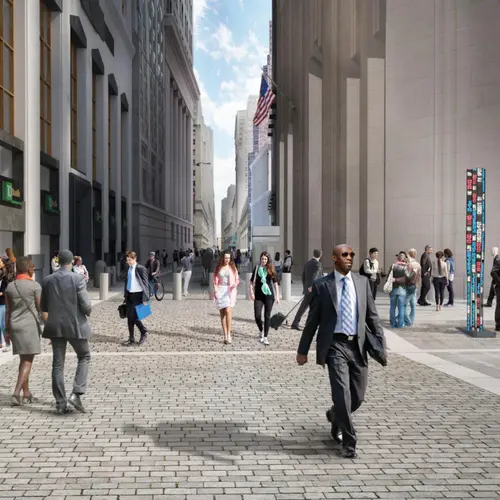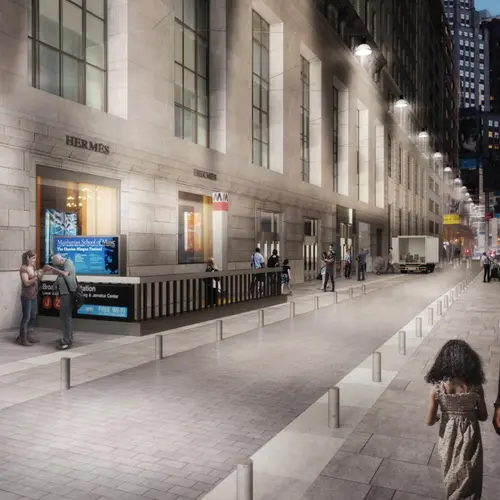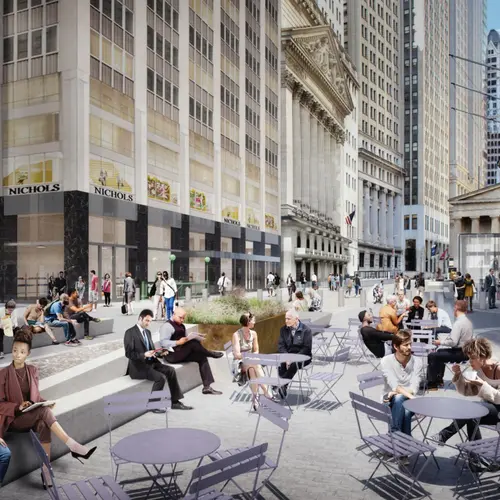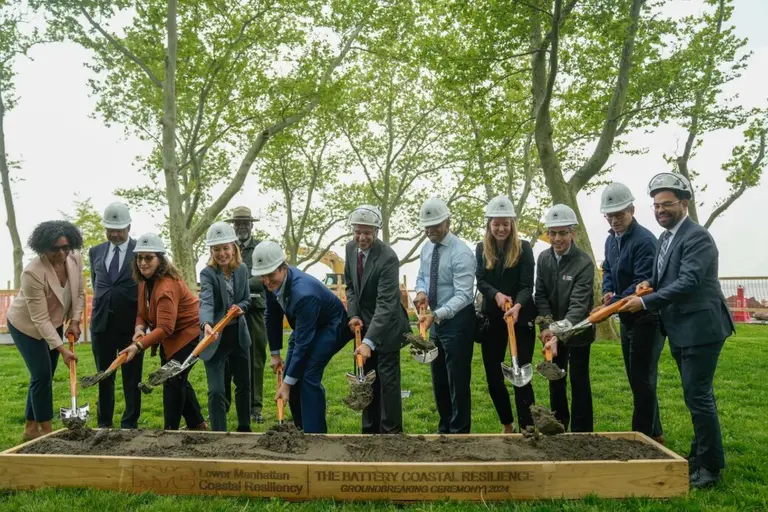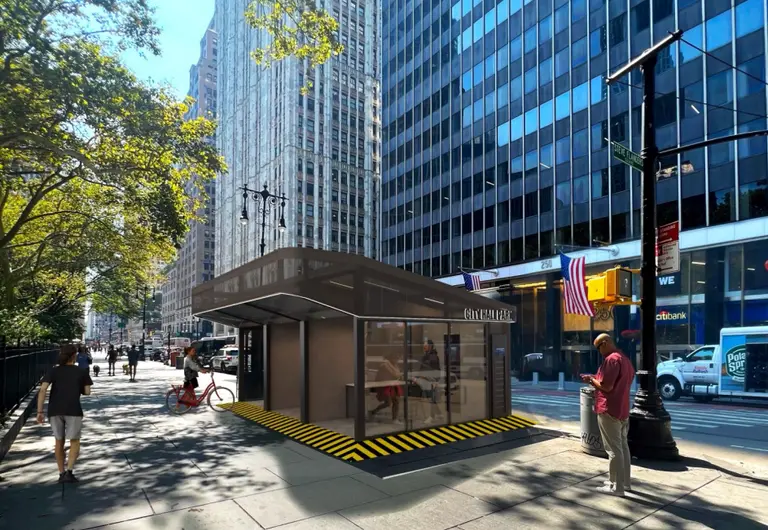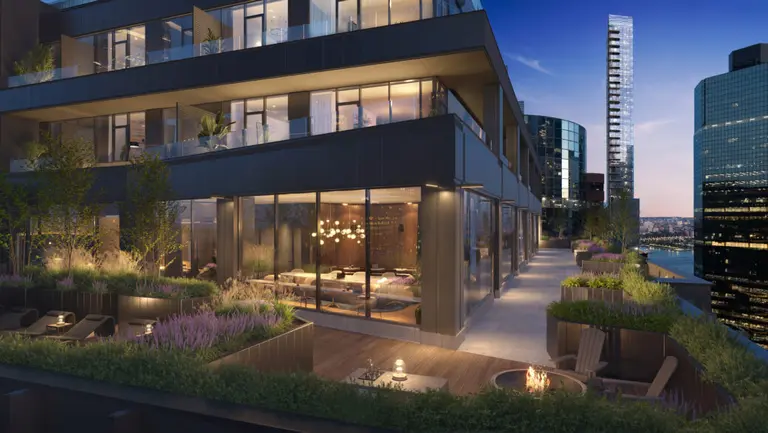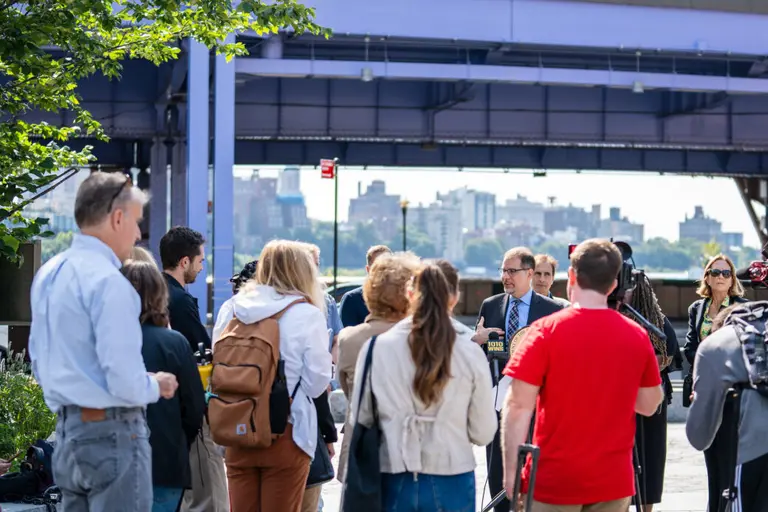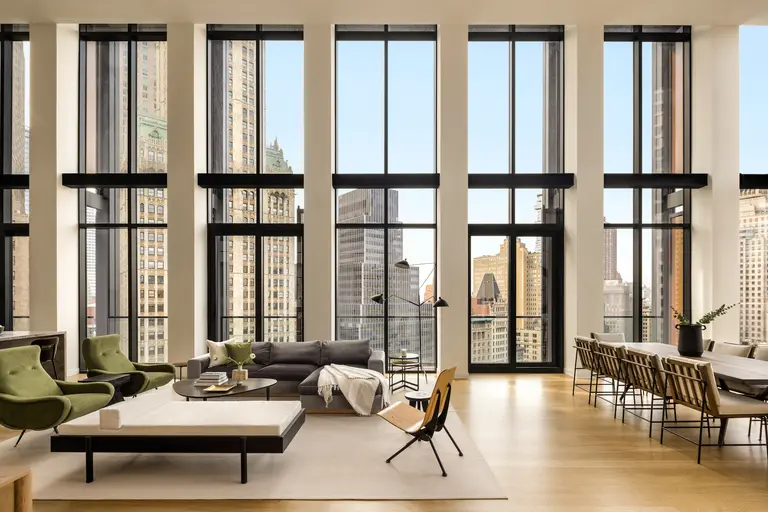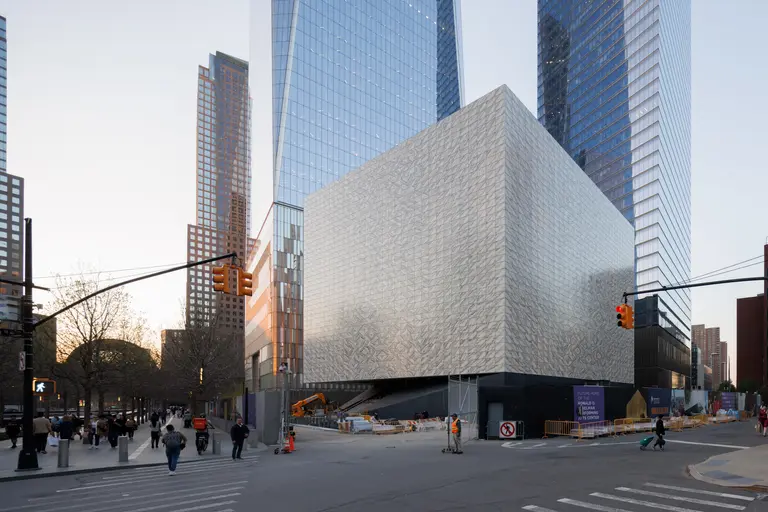Proposal for NYSE district overhaul calls for curbless streets, greenery and enhanced lighting
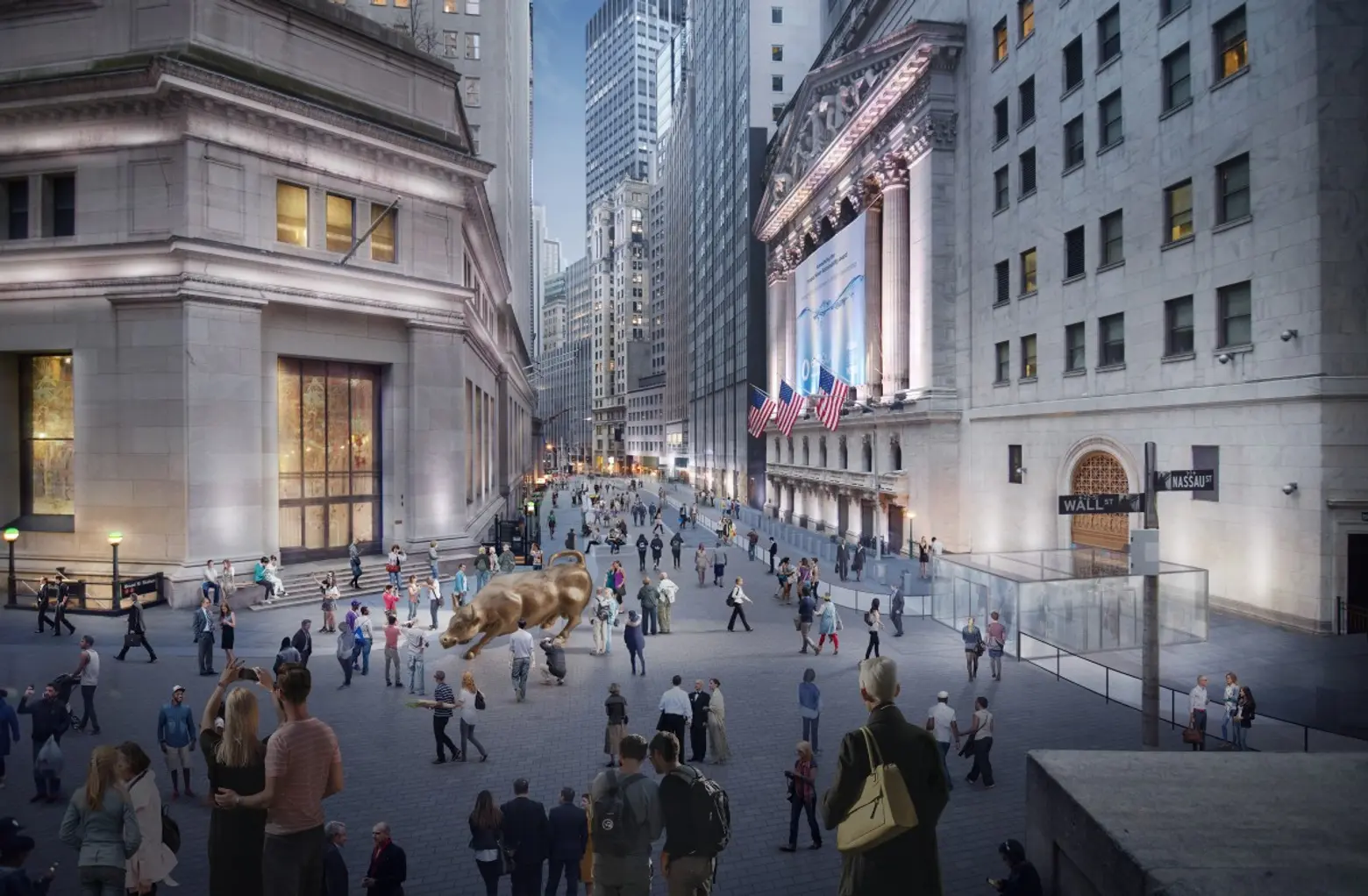
In an effort to enhance the accessibility and the appearance of the New York Stock Exchange district, a new proposal is calling for curbless streets, enhanced lighting, multi-functional seating and simplified security structures. The Alliance for Downtown New York released on Monday a study that details ways to improve the historic area to make it more appealing and easier to navigate. While the corner of Wall and Broad Street has witnessed more than 400 years of Lower Manhattan history, starting when Dutch settlers built a wall as the city’s northern border, the area is not living up to its potential as one of New York City’s crown jewels, according to Jessica Lappin, the president of the Alliance.
The study is the result of a nine-month process, with the Alliance working in tandem with local stakeholders, community members and design partners, WXY Architecture + Urban Design. “This report lays out a roadmap,” Lappin said in a press release. “It is a grand yet achievable vision that could turn the Stock Exchange District into the jewel it should be.” The group estimates the overhaul project will cost roughly $30 million.
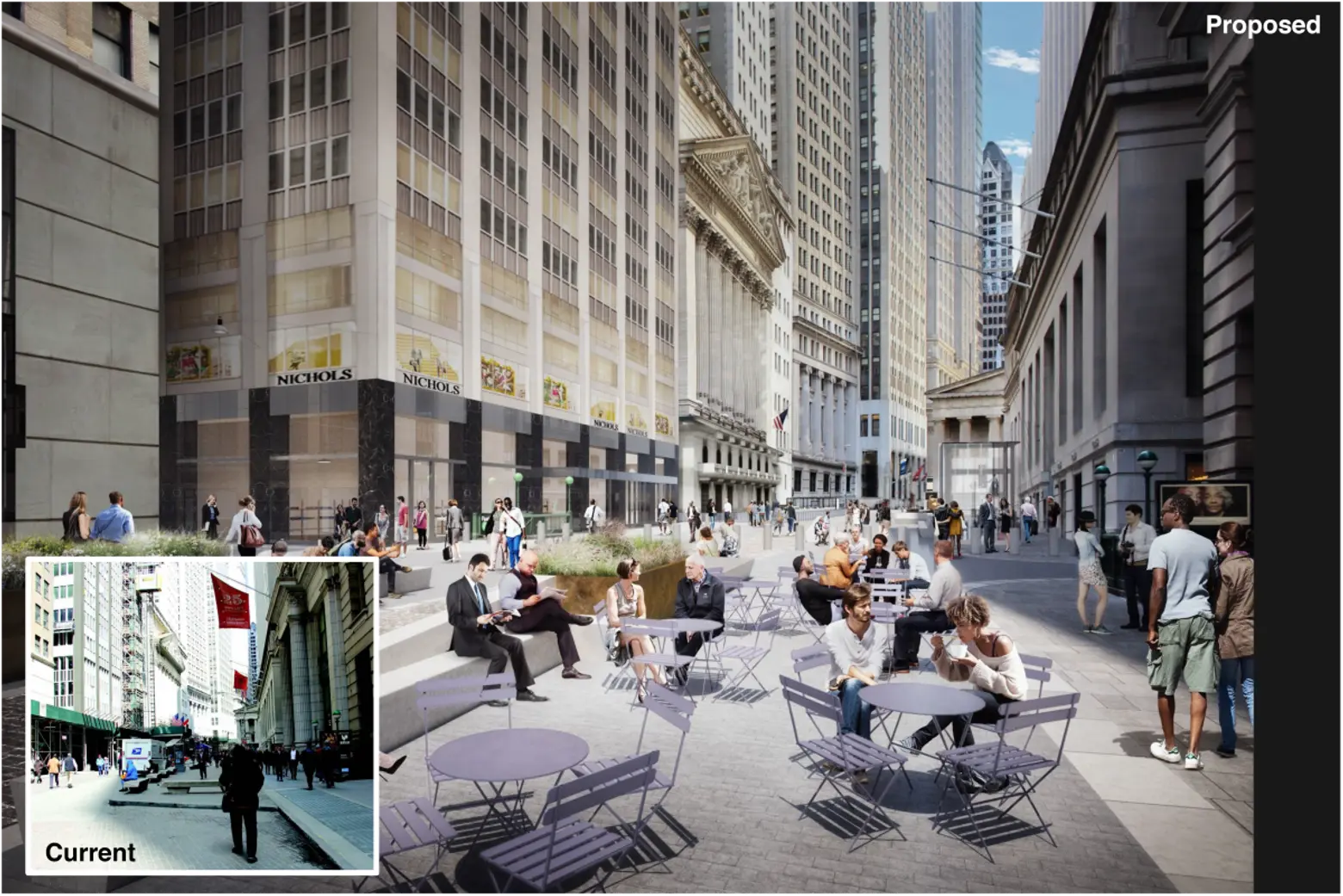
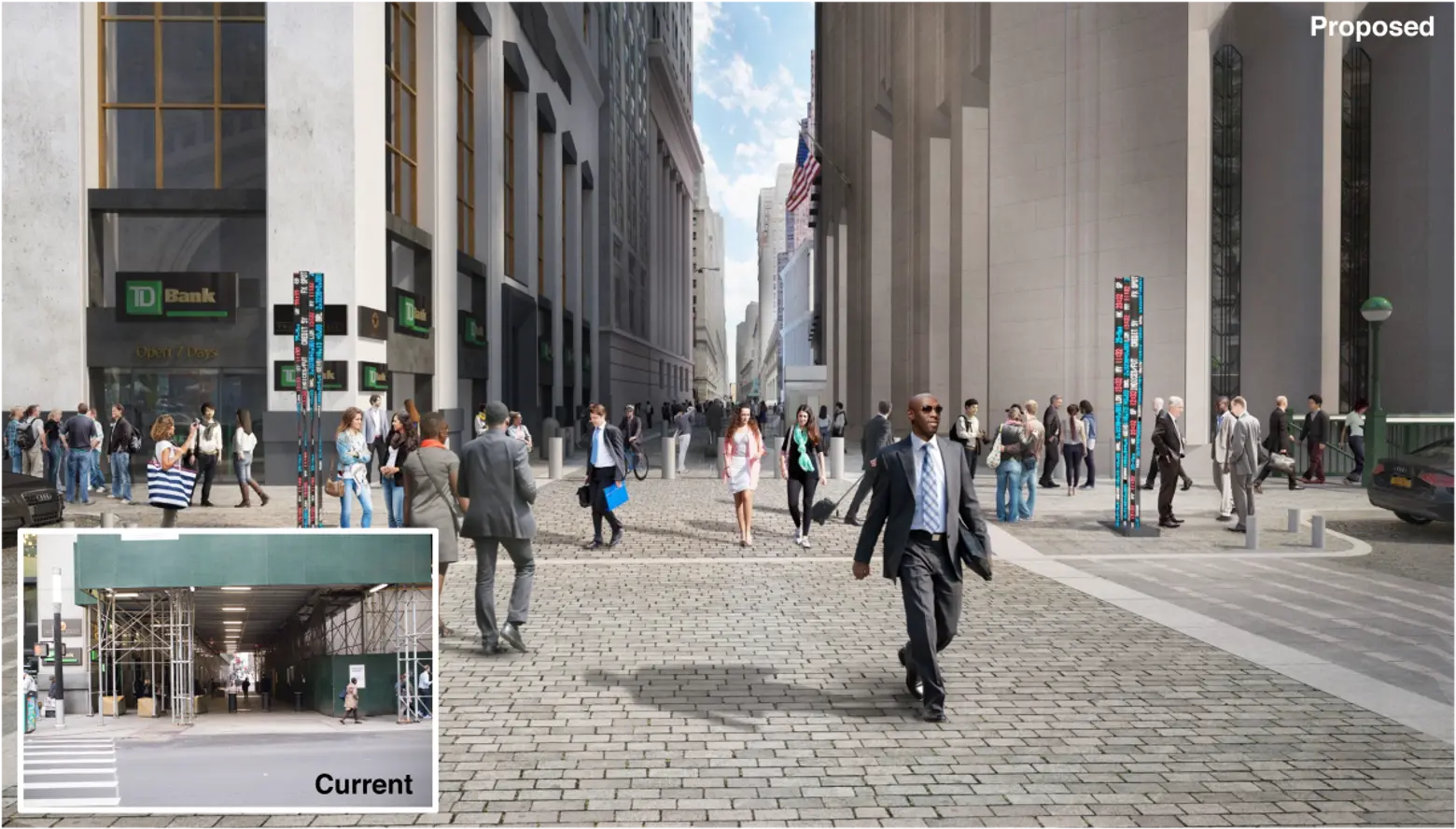
Creating a “sense of place” for the NYSE district remains the focus of the study, titled “A More Welcoming Wall & Broad: A Vision for Improving the Stock Exchange District.” To make the area more recognizable and defined, the design calls for using interactive, sculptural elements to indicate to pedestrians where the district begins. These customized gateways would mark entrance, provide historical information and help reduce crowds.
The Alliance recommends adding cable or catenary lighting that would be strung between buildings to illuminate the currently dark blocks of New Street and Exchange Place. According to the report, additional lighting would invite more foot traffic and activity, allowing to further reduce crowds in certain areas. The nine landmarked buildings in the NYSE district would be decorated with architectural lighting to highlight their iconic facades.
The study found 2,316 pedestrians walk through Broad Street every hour, nearly 45 percent higher than the next busiest location in Lower Manhattan. In order to improve overall mobility, the Alliance suggests a series of ways to redesign the streets and sidewalks for more efficient movement.
One of the biggest recommendations includes removing the curbs throughout the area to provide more space for pedestrians. This would involve paving the streets with a “uniform, durable and historically appropriate” treatment, possibly using granite as an option. The report recommends adding more multi-functional seating like a planter that serves as a seat and/or a bollard.
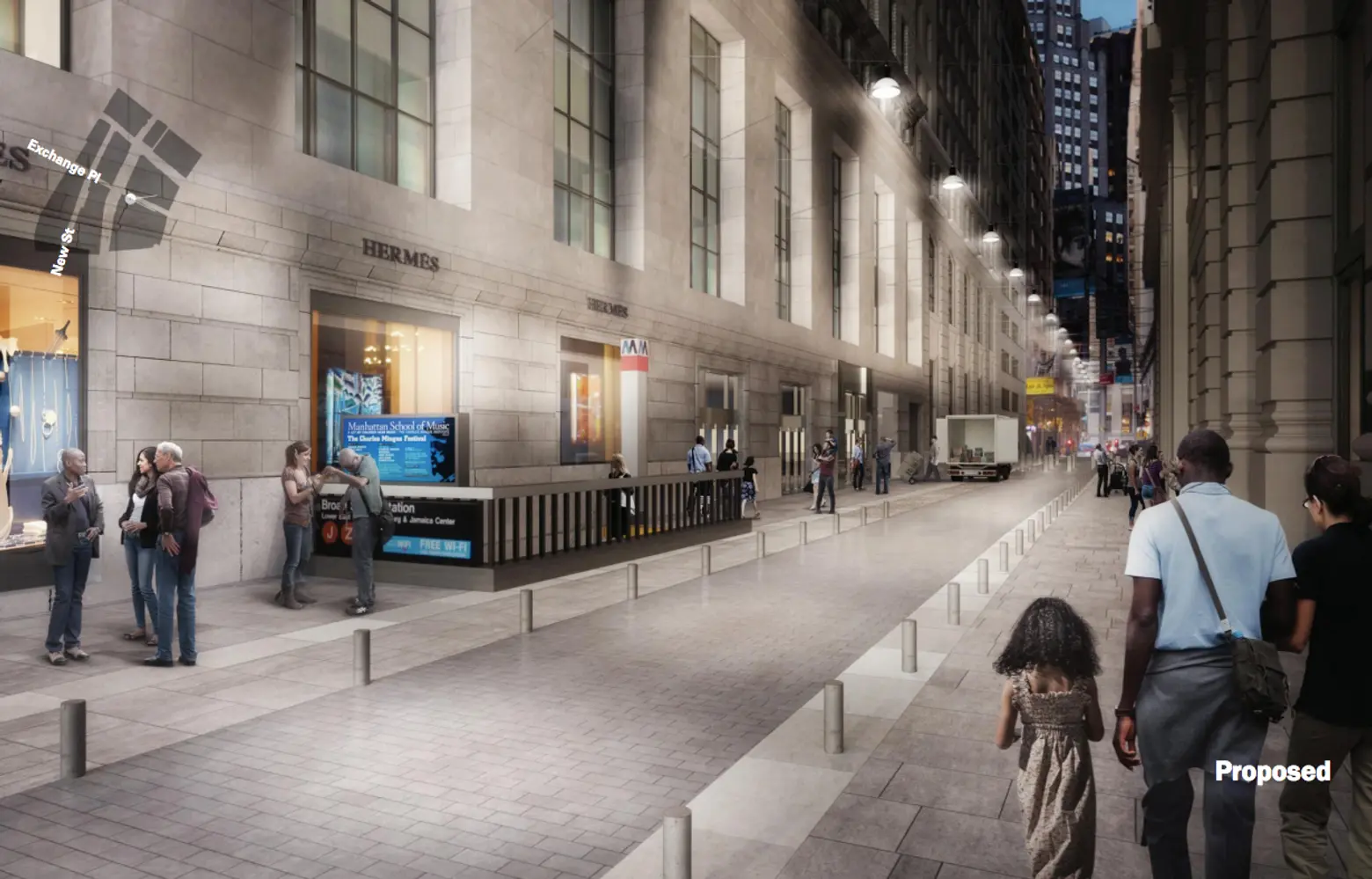
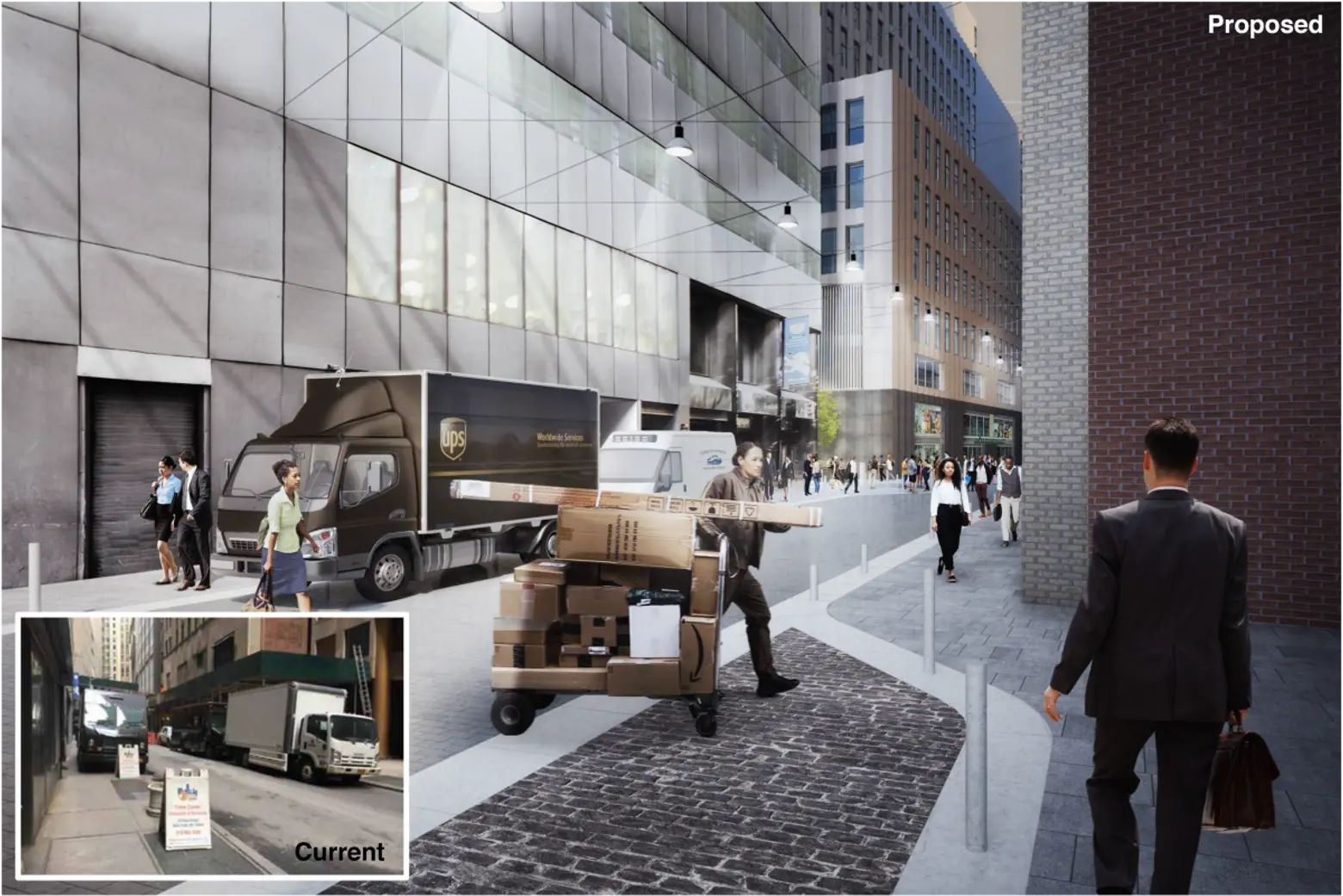
The current security infrastructure was put in place after 9/11, as ways to secure the area and protect its residents. The report calls for “simplified security” structures, which could mean installing slimmer bollards and more attractive fencing and other barriers. And to address the lack of space for loading and unloading, the Alliance recommends creating additional facilities for truck parking on New Street. This would involve designing the streets to separate vehicle and pedestrian space with bollards.
RELATED:
- Wall Street’s historic Trinity Church will partially close during a two-year, $99M renovation
- Construction is underway at the World Trade Center performing arts center
- Flood regulations may thwart plan to convert Lower Manhattan public spaces to retail
All renderings courtesy of the Alliance for Downtown New York
